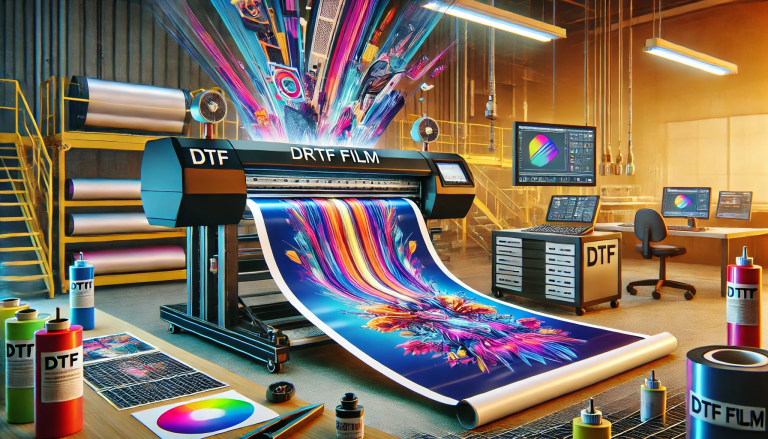In the ever-evolving world of digital printing and packaging, the demand for high-quality A3 PET (Polyethylene Terephthalate) films has seen a significant uptick. These films, known for their strength, versatility, and clarity, are indispensable in various industries, including electronics, food packaging, and graphic arts. As businesses strive to meet the growing demand while ensuring sustainability and cost-effectiveness, choosing the right A3 PET film supplier has become a critical decision. This article delves into the complexities of the A3 PET film market, offering insights and strategies to help businesses navigate this landscape effectively.
Understanding A3 PET Films
Before embarking on the journey to select a supplier, it’s essential to understand what A3 PET films are and why they are so valuable. PET films are made from Polyethylene Terephthalate, a type of plastic renowned for its excellent thermal stability, strength, and clarity. These characteristics make PET films ideal for applications requiring durability and high-quality printability. The A3 size (297 x 420 mm) is particularly popular in the printing industry for producing high-resolution graphics, making it a staple in advertising, branding, and packaging solutions.
Criteria for Selecting an A3 PET Film Supplier
Selecting the right supplier involves several critical considerations, beyond just price and availability. Here are key factors to consider:
- Quality Assurance: The quality of PET films can vary significantly between suppliers. It’s crucial to partner with suppliers who can consistently deliver high-grade films that meet your specifications and industry standards.
- Sustainability Practices: With increasing awareness and regulations around plastic use and recycling, selecting a supplier committed to sustainable practices is not only an ethical choice but also a strategic business decision.
- Supply Chain Reliability: In today’s global market, disruptions in the supply chain can have far-reaching impacts. Suppliers with robust logistics and inventory management systems ensure consistent availability and timely delivery.
- Technical Support and Innovation: Suppliers who invest in research and development can offer innovative solutions, such as films with enhanced properties or eco-friendly alternatives. Additionally, responsive technical support is invaluable for troubleshooting and optimizing product applications.
- Cost-Effectiveness: While not the only factor, cost is always a consideration. It’s important to look at the total cost of ownership, which includes not just the price of the films but also shipping, handling, and any potential waste due to quality issues.
Navigating the Market: Insights and Strategies
With the criteria in mind, businesses can adopt several strategies to find and assess potential A3 PET film suppliers:
- Research and Referrals: Start by researching online and asking for referrals from industry contacts. Trade shows and industry associations can also be excellent resources for finding reputable suppliers.
- Sample Testing: Before committing to large orders, request samples to test the films’ quality, compatibility with your processes, and performance in your specific applications.
- Evaluate Sustainability Credentials: Look for certifications and evidence of sustainable practices, such as recycling programs, energy-efficient manufacturing, and use of recycled or bio-based materials.
- Assess the Total Value Proposition: Beyond the price per unit, consider the supplier’s value-added services, such as customization options, technical support, and flexible ordering and delivery terms.
- Build Relationships: Establishing a strong relationship with your supplier can lead to better service, support, and opportunities for collaboration on innovative solutions.
Conclusion
Selecting the right A3 PET film supplier is a multifaceted decision that can significantly impact a business’s operations, sustainability, and bottom line. By understanding the unique properties of A3 PET films, identifying key selection criteria, and employing strategic approaches to the supplier search, businesses can secure reliable partnerships that support their objectives and growth. In a market characterized by rapid technological advancements and shifting environmental regulations, choosing a supplier that aligns with your business values and goals is more crucial than ever.




